Glitter, Doom, Shards, Memory
String Quartet No. 3
-
Ships in 2 to 3 weeks
Details
Description
SKU: PR.114416900
String Quartet No. 3. Composed by Shulamit Ran. Sws. Contemporary. Set of Score and Parts. With Standard notation. Composed March 9 2013. 32+12+16+16+16 pages. Duration 23 minutes. Theodore Presser Company #114-41690. Published by Theodore Presser Company (PR.114416900).UPC: 680160626007. 9 x 12 inches.
Ran's third string quartet was written for the Pacifica Quartet, who are featuring it in numerous performances from May 2014 through February 2016, across the country and abroad. Their blog page dedicated to the work also features the composer's notes, for more indepth insight. "...impassioned solos emerge from ominous quiet, and high arpeggios in the violins quiver alongside the earthy cello. Ms. Ran skillfully deploys these extremes of color, volume and pitch, yet the overall somewhat chilly impression is one of poise." -- Zachary Woolfe, The New York Times.
My third string quartet was composed at the invitation of the Pacifica Quartet, whose music-making I have come to know closely and admire hugely as resident artists at the University of Chicago. Already in our early conversations Pacifica proposed that this quartet might, in some manner, refer to the visual arts as a point of germination. Probing further, I found out that the quartet members had special interest in art created during the earlier part of the 20th century, perhaps between the two world wars. It was my good fortune to have met, a short while later, while in residence at the American Academy in Rome in the fall of 2011, art conservationist Albert Albano who steered me to the work of Felix Nussbaum (1904-1944), a German-Jewish painter who, like so many others, perished in the Holocaust at a young age, and who left some powerful, deeply moving art that spoke to the life that was unraveling around him.The title of my string quartet takes its inspiration from a major exhibit devoted to art by German artists of the period of the Weimar Republic (1919-1933) titled “Glitter and Doom: German Portraits from the 1920s”, first shown at New York’s Metropolitan Museum of Art in 2006-07. Nussbaum would have been a bit too young to be included in this exhibit. His most noteworthy art was created in the last very few years of his short life. The exhibit’s evocative title, however, suggested to me the idea of “Glitter, Doom, Shards, Memory” as a way of framing a possible musical composition that would be an homage to his life and art, and to that of so many others like him during that era. Knowing that their days were numbered, yet intent on leaving a mark, a legacy, a memory, their art is triumph of the human spirit over annihilation.Parallel to my wish to compose a string quartet that, typically for this genre, would exist as “pure music”, independent of a narrative, was my desire to effect an awareness in my listener of matters which are, to me, of great human concern. To my mind there is no contradiction between the two goals. As in several other works composed since 1969, this is my way of saying ‘do not forget’, something that, I believe, can be done through music with special power and poignancy. The individual titles of the quartet’s four movements give an indication of some of the emotional strands this work explores.1) “That which happened” (das was geschah) – is how the poet Paul Celan referred to the Shoah – the Holocaust. These simple words served for me, in the first movement, as a metaphor for the way in which an “ordinary” life, with its daily flow and its sense of sweet normalcy, was shockingly, inhumanely, inexplicably shattered.2) “Menace” is a shorter movement, mimicking a Scherzo. It is also machine-like, incessant, with an occasional, recurring, waltz-like little tune – perhaps the chilling grimace we recognize from the executioner’s guillotine mask. Like the death machine it alludes to, it gathers momentum as it goes, and is unstoppable.3) “If I must perish - do not let my paintings die”; these words are by Felix Nussbaum who, knowing what was ahead, nonetheless continued painting till his death in Auschwitz in 1944. If the heart of the first movement is the shuddering interruption of life as we know it, the third movement tries to capture something of what I can only imagine to be the conflicting states of mind that would have made it possible, and essential, to continue to live and practice one’s art – bearing witness to the events. Creating must have been, for Nussbaum and for so many others, a way of maintaining sanity, both a struggle and a catharsis – an act of defiance and salvation all at the same time.4) “Shards, Memory” is a direct reference to my quartet’s title. Only shards are left. And memory. The memory is of things large and small, of unspeakable tragedy, but also of the song and the dance, the smile, the hopes. All things human. As we remember, in the face of death’s silence, we restore dignity to those who are gone.—Shulamit Ran.
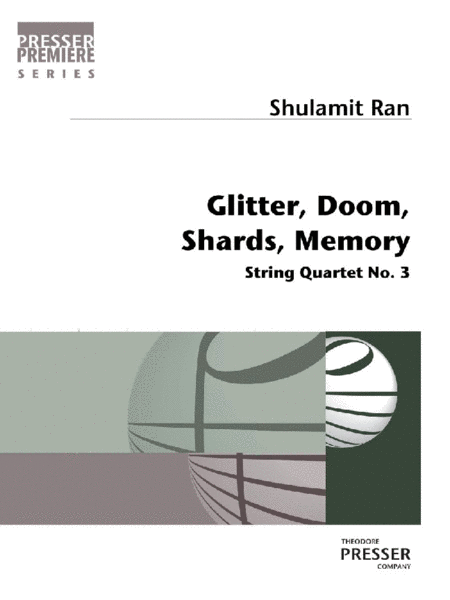
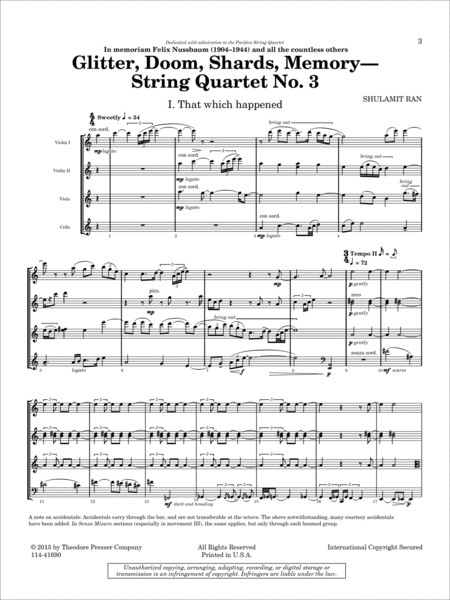
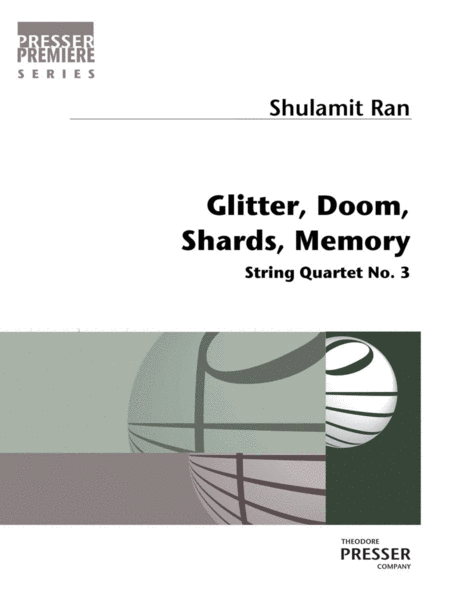
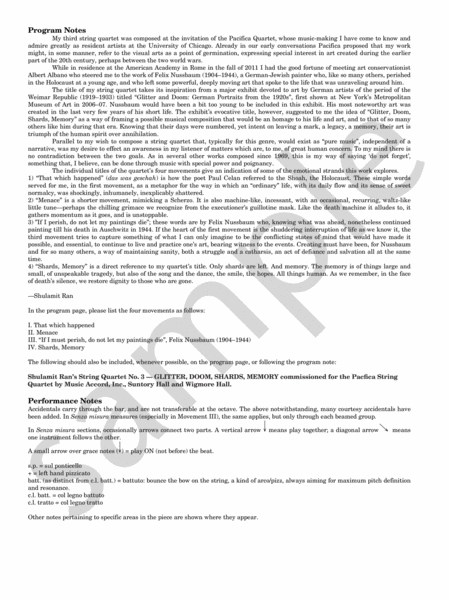
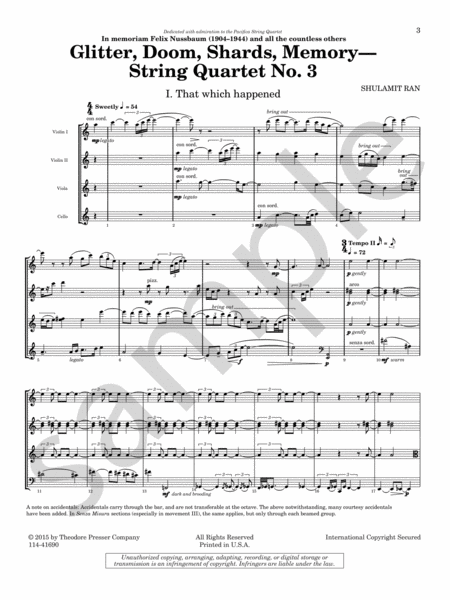
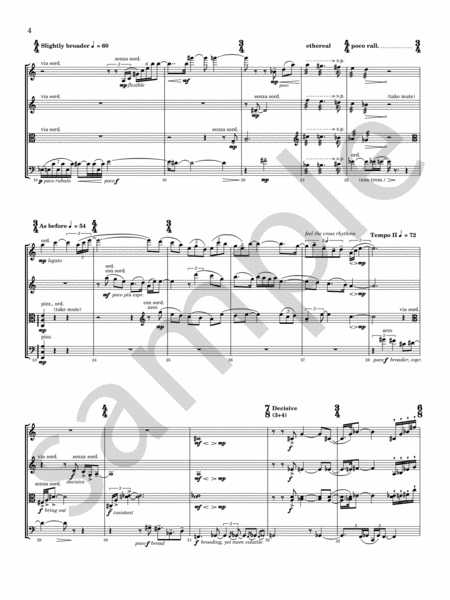
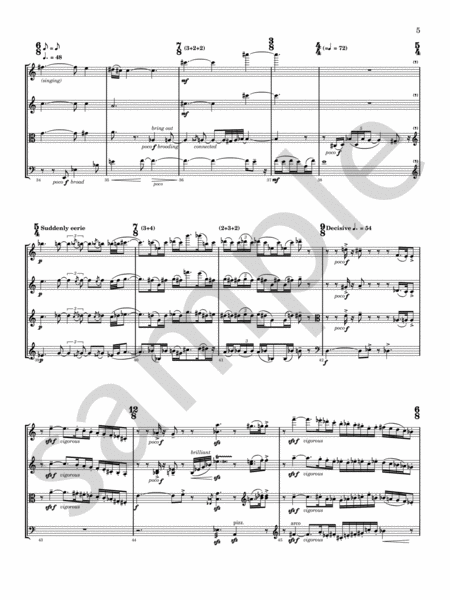
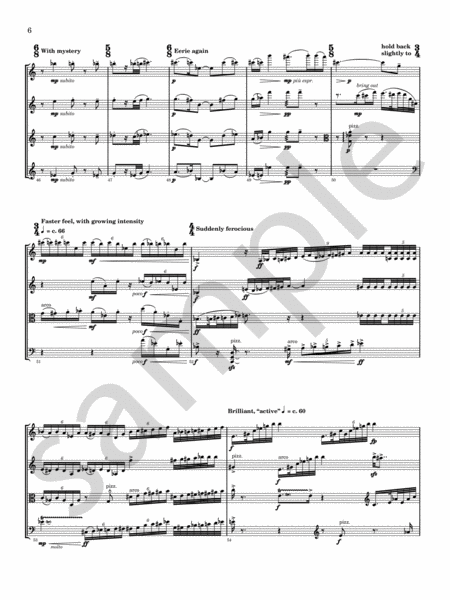
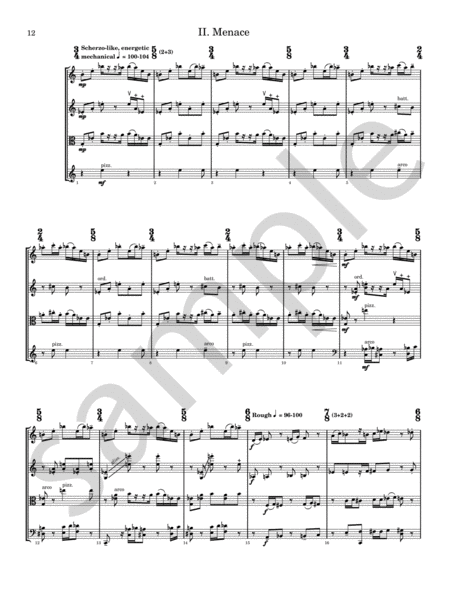
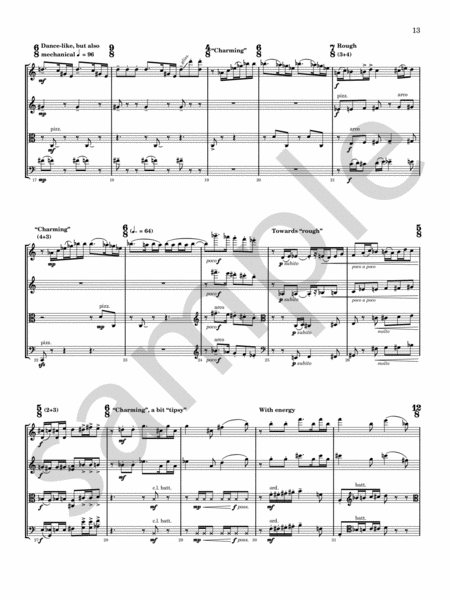
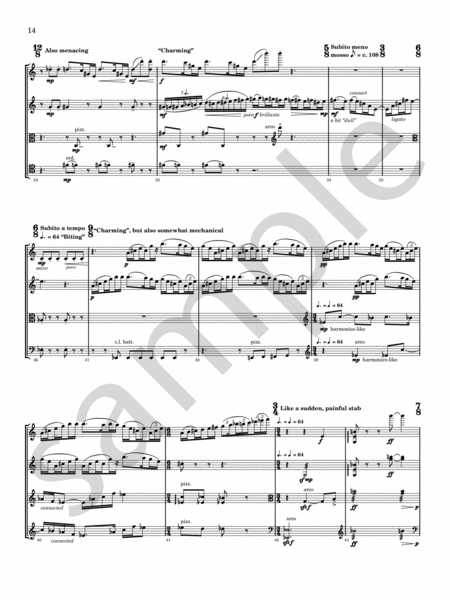
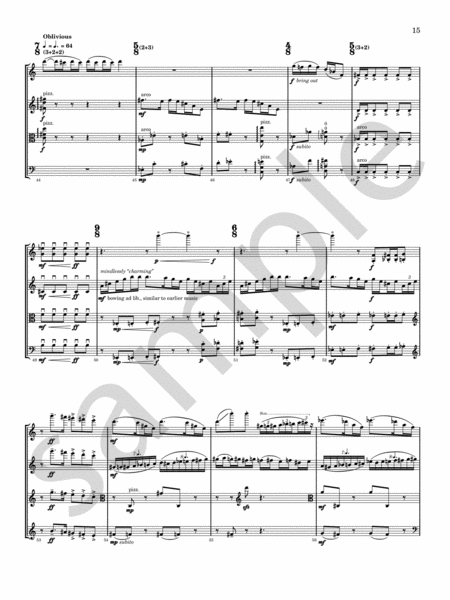
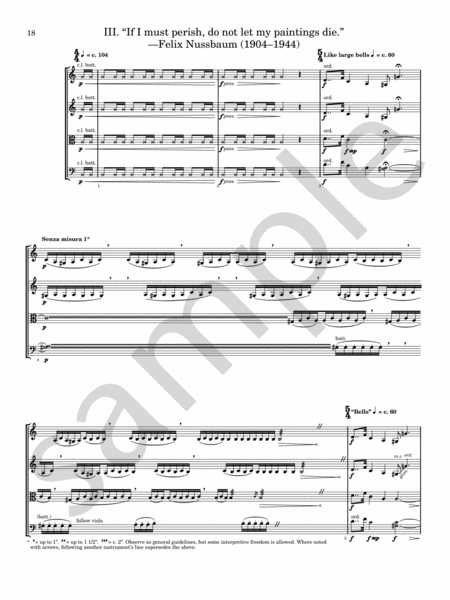
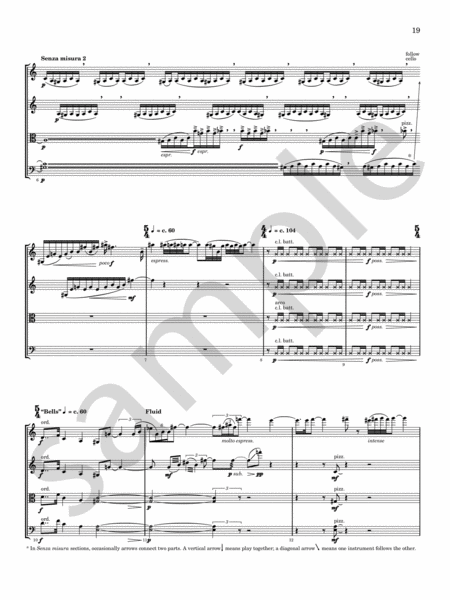
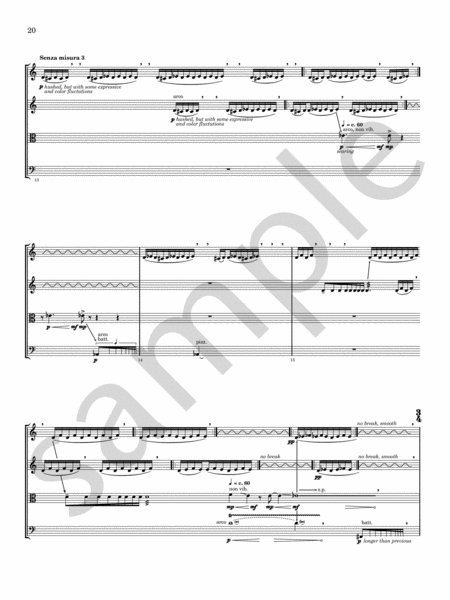
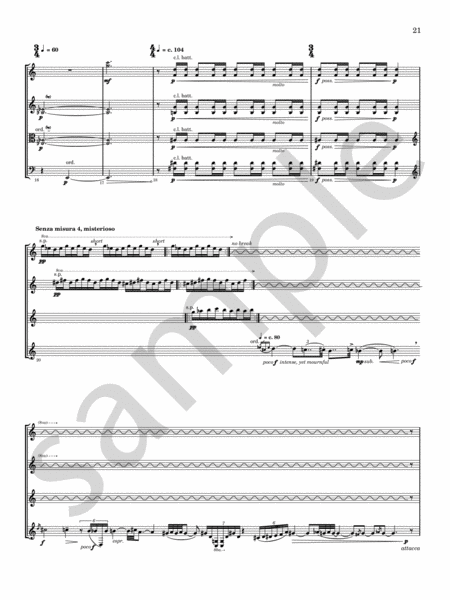
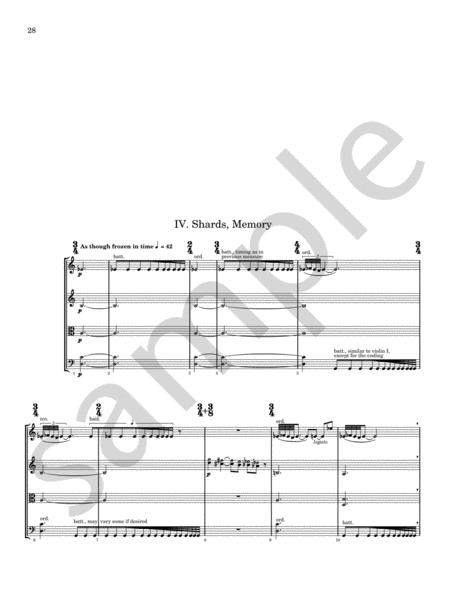
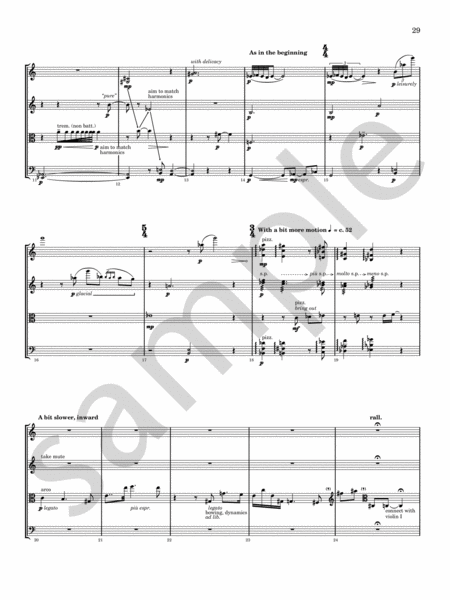
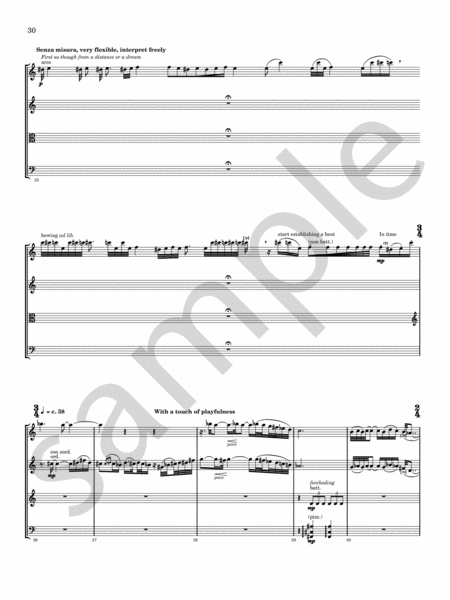
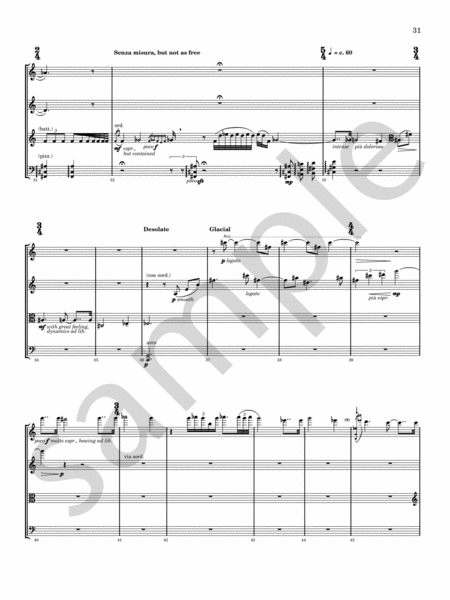
 Share
Share